Photosynthesis DefinitionIntroductionThe process by which plants, algae, and some microorganisms transform light energy into chemical energy in the form of glucose or other sugars is known as Photosynthesis. This process is essential for the survival of these organisms, as well as for the survival of other organisms that depend on them for food. The process of Photosynthesis occurs in the chloroplasts of plant cells. Chloroplasts contain chlorophyll, the pigment that gives plants green color and absorbs light energy from the sun. The absorbed light energy is then used to power a series of chemical reactions that convert carbon dioxide (CO2) from the air and water (H2O) from the soil into glucose (C6H12O6) and oxygen (O2). 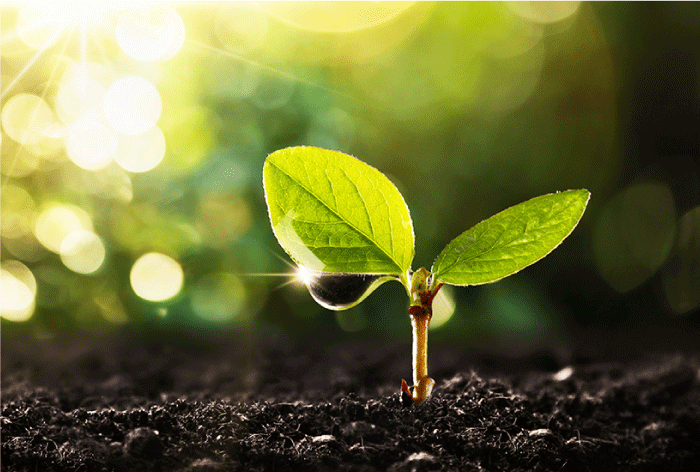
The equation below can be used to describe the reaction: 6 CO2 + 6 H2O + light energy = C6H12O6 + 6 O2 This equation uses light energy to split the water molecules into oxygen and hydrogen ions. The hydrogen ions then combine with the carbon dioxide to form glucose, while the oxygen is released into the air as a by-product. Resources Required for Photosynthesis
1. Chlorophyll The process of photosynthetic carbon fixation requires chlorophyll, the green pigment in plants. All green plants naturally produce this chemical, an absorbent of light during Photosynthesis, and solar energy starts the chemical process that we know as Photosynthesis. 2. Sunlight Sunlight provides the process with the energy input it needs to function. The sun initiates the light-dependent process, the initial reaction in Photosynthesis. Water splits into oxygen and hydrogen at this stage of Photosynthesis, with the oxygen being released into the atmosphere as the sunlight stimulates the chlorophyll. 3. Water Through their roots, plants absorb water from the ground. Water is transported up the plant's stem through a complex transport system until it reaches the leaves, where it is used as a raw material during Photosynthesis. 4. Carbon Dioxide The atmosphere around plants contains large amounts of this gas. Most plants protect their leaves with a waxy layer that keeps them from drying. Normally, this would also stop a gas, such as carbon dioxide, from entering the leaf. However, the leaf also has unique openings known as stomata that permit the gas to enter the leaf's cells. After Photosynthesis, the oxygen created also leaves the cells through the stomata. Carbohydrates are formed when carbon dioxide and hydrogen from the first light-dependent step are joined. Stages in Photosynthesis1. Light-Dependent ReactionsAdenosine diphosphate (ADP), oxidized nicotinamide adenine dinucleotide phosphate (NADP+), and the hydrogen in water reactants in the light-dependent chemical reaction. The light's energy converts NADP+ into nicotinamide adenine dinucleotide phosphate (NADPH) by transferring hydrogen ions and electrons. Adenosine triphosphate (ATP) is created when a phosphate group is simultaneously added to ADP. The two new molecules are created due to this reaction and store light energy as chemical energy. Near the thylakoid membranes of the chloroplasts of the plant cell, the initial stages of Photosynthesis take place. The thylakoid sacs contain chlorophyll, and the NAPD+ molecules pick up hydrogen ions and electrons in the membranes. The chloroplasts are distributed throughout the plant leaves, with several in each plant cell. 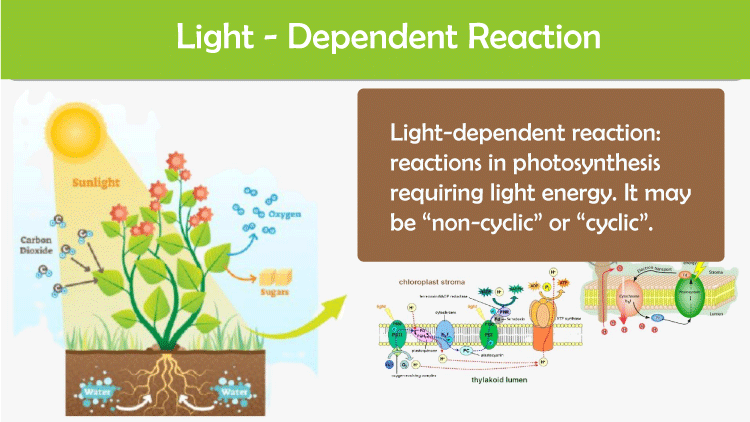
2. Light-Independent ReactionsThe light-independent reactions utilize the NADPH and ATP chemicals generated during the initial stage of Photosynthesis to make the carbohydrate end products of Photosynthesis. In the stroma of the plant cells, the NADPH and ATP chemicals fixate carbon dioxide from the air to produce sugar that can act as food for the plant. The carbon dioxide supplies the carbon atoms needed to create the carbohydrates, and the reaction converts the NADPH and ATP molecules back to NADP+ and ADP so they can once more take an active part in new light-dependent processes. Although light is not required for the dark processes, they still need the light-dependent reaction to supply NADPH and ATP constantly. Dark reactions, therefore, only occur when light is present, and the light-dependent processes are in motion. Together, they provide the metabolic energy other plants and animals need. 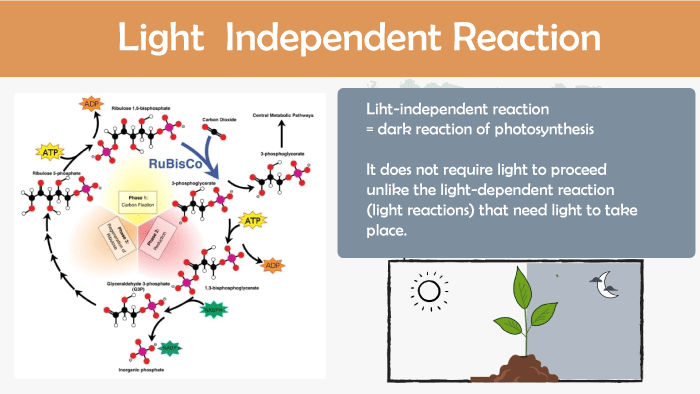
Reasons Why Photosynthesis is ImportantSince Photosynthesis is the process that creates the food and oxygen that almost all living things depend on, it is crucial to life on Earth. The process through which plants and some other animals transform solar light energy into chemical energy stored in molecules like sugars and oxygen is known as Photosynthesis. Through Photosynthesis, plants convert carbon dioxide and water into glucose and oxygen using the energy from sunlight. The energy from this glucose is then utilized by cells for processes like growth and reproduction. Additionally, Photosynthesis generates oxygen, which is necessary for all Earthly life forms. In addition to plants, all life on Earth depends on Photosynthesis. Without plants, our oxygen levels would be significantly lower because they are the main producers of oxygen. Additionally, plants are the primary food source for other organisms, providing the energy needed to sustain all life on Earth. Moreover, Photosynthesis is a key process in converting atmospheric carbon dioxide into organic molecules, and as a result, it plays a significant part in the global carbon cycle. As a result of this mechanism, the impacts of global warming are lessened by regulating the amount of carbon dioxide in the atmosphere. Photosynthesis is also important for the environment and human health. Photosynthesis contributes to a decrease in the amount of the dangerous gas carbon dioxide in the environment by absorbing it from the atmosphere. Oxygen, which is necessary for both human and animal respiration, is also produced with the assistance of Photosynthesis. Photosynthesis also has several industrial and agricultural uses, including producing biofuels and crops for human and animal consumption. In conclusion, Photosynthesis is an essential process for all life on Earth. It is the primary function by which plants and other living things transform sunlight into energy, and it is crucial for producing food and oxygen. In addition, Photosynthesis has numerous industrial and agricultural uses and contributes to decreasing atmospheric carbon dioxide. Life on Earth would be vastly different and much less diversified without Photosynthesis. Photorespiration and its Effects on PhotosynthesisPlants go through photorespiration, where the energy from Photosynthesis is lost when the enzyme RuBisCO oxygenates RuBP. It happens when the atmospheric oxygen-to-carbon dioxide ratio is too high, which lowers the efficiency of Photosynthesis. The enzyme RuBisCO will bind to oxygen molecules during photorespiration instead of the carbon dioxide molecules required for Photosynthesis. Glycolic acid, a waste product, is created during this process, and photosynthesis' ability to produce energy is reduced. Photorespiration can reduce the efficiency of Photosynthesis by up to 50%. 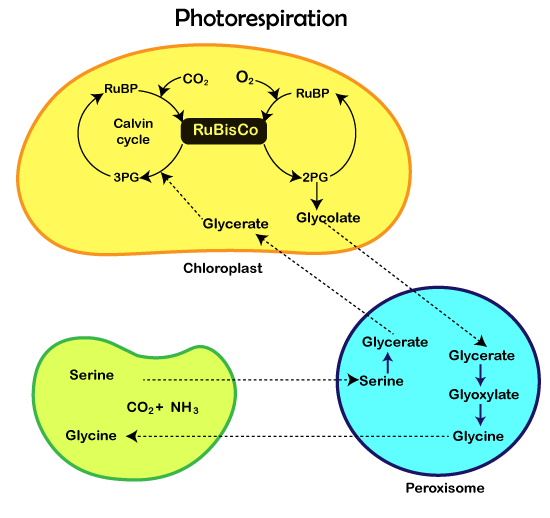
Photorespiration can have disastrous impacts on plants. It may lessen the energy available for growth, which could cause stunted growth and lower yields. As a result, the amount of oxygen the plant produces overall may decline. It may also lower the effectiveness of Photosynthesis and the quantity of carbon dioxide absorbed from the atmosphere. Scientists are looking into ways to genetically alter plants to make them more resistant to the impacts of high oxygen and low carbon dioxide levels to lessen photorespiration's effects. For example, some plants have been developed that can use an alternative pathway for Photosynthesis, known as C4 Photosynthesis, which is more efficient in conditions of high oxygen and low carbon dioxide levels. Additionally, researchers are looking into ways to introduce additional enzymes, like those found in cyanobacteria, which are more effective at utilizing CO2 molecules than RuBisCO, to boost the efficiency of Photosynthesis. Other approaches include restricting the amount of oxygen in the atmosphere and employing different light frequencies. Overall, photorespiration is a process that can significantly impact the efficiency of Photosynthesis and the health of plants. By exploring ways to modify plants and changing the atmospheric conditions genetically, scientists hope to reduce the negative impacts of photorespiration and increase the efficiency of Photosynthesis. Importance of Cellular Respiration to PhotosynthesisTwo of the most crucial biological processes in the world are Photosynthesis and cellular respiration. Organisms transform glucose-derived energy into usable energy in the form of ATP through cellular respiration, and plants convert solar energy into chemical energy in glucose through Photosynthesis. The survival of life on Earth depends on the interaction and interdependence of the two processes. Plants must engage in Photosynthesis to generate the energy they require to survive, and plants would soon perish if Photosynthesis were to cease since they couldn't make glucose. Similarly, all organisms need cellular respiration to turn glucose into ATP, which is required for all their metabolic functions. Cellular respiration and Photosynthesis are essential for the support of life on Earth, but they are also critical to the global carbon cycle. While cellular respiration returns carbon dioxide to the atmosphere, Photosynthesis transforms ambient carbon dioxide into organic substances. This cycle is essential for maintaining the balance of CO2 in the atmosphere and preventing global warming. 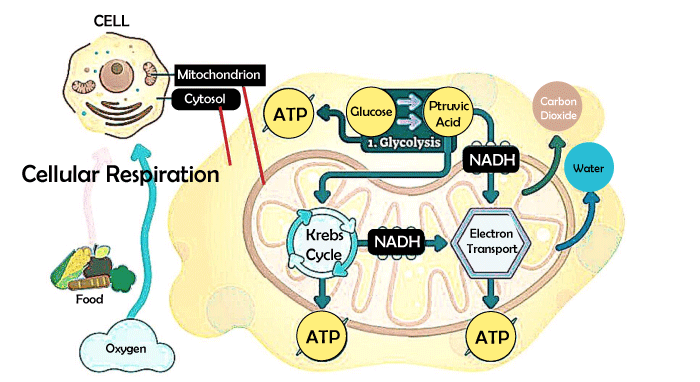
The Evolution of PhotosynthesisAlong with producing food for plants, the process of oxygenic Photosynthesis also creates oxygen, which plants release into the environment. This oxygen makes Earth habitable for humans and other life forms, making the planet different from the others in the solar system. It's interesting to note that other organisms besides plants and algae can produce their sustenance through Photosynthesis. According to Caltech, some bacteria known as cyanobacteria also employ oxygenic Photosynthesis to sustain themselves. These bacteria are most likely the evolutionary successors of modern plants and algae. Additionally, some bacterial species manufacture their food using a mechanism known as anoxygenic Photosynthesis, which does not result in the production of oxygen. Photoautotrophs, meaning "self-feeders using light," are organisms that can photosynthesize. Even though Photosynthesis has been occurring on the Earth for billions of years, our knowledge of how it works and where it came from is still in the early stages. A greater understanding of this intricate process, which is crucial to not only photoautotrophs but all life on Earth, is being developed by scientists as they continue to build on the work of their ancestors.
Next TopicPhrase Definition
|
 For Videos Join Our Youtube Channel: Join Now
For Videos Join Our Youtube Channel: Join Now
Feedback
- Send your Feedback to [email protected]
Help Others, Please Share









